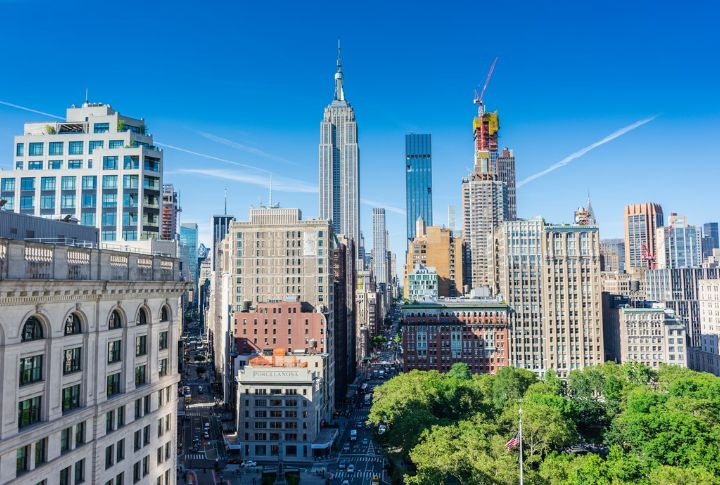
Buc-ee’s is a roadside legend in the South, but not every state gets to enjoy brisket sandwiches and giant beaver statues. While the company continues expanding, some regions remain untouched. Based on logistics and laws, these ten states present real barriers to Buc-ee’s signature travel center experience.
California’s Regulatory Environment Poses Challenges
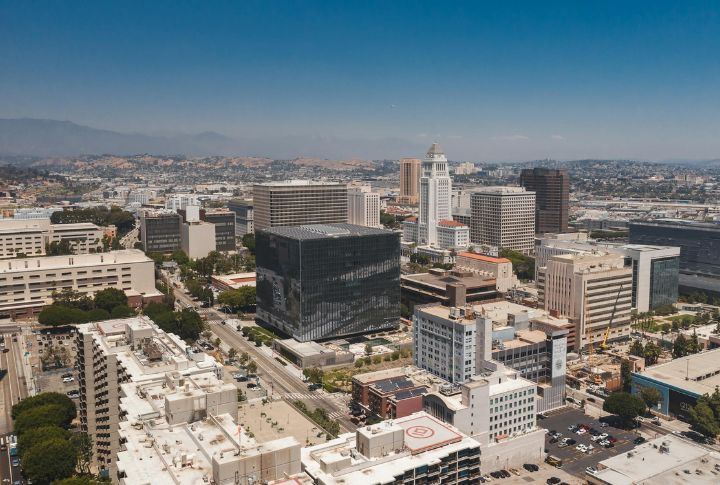
Strict environmental standards make this state a tough market to enter. The layers of permits and sustainability rules discourage massive construction. Buc-ee’s, known for large plots and heavy car traffic, may struggle to align with such rigorous development frameworks in this region.
New York’s Urban Density Limits Expansion

Across New York, space is a premium commodity. From metro centers to upstate towns, finding expansive land near major routes is difficult. Buc-ees typically build on wide-open lots, which are rare in this tightly packed state with soaring land values and zoning complexities.
Illinois’ Market Saturation And Competition
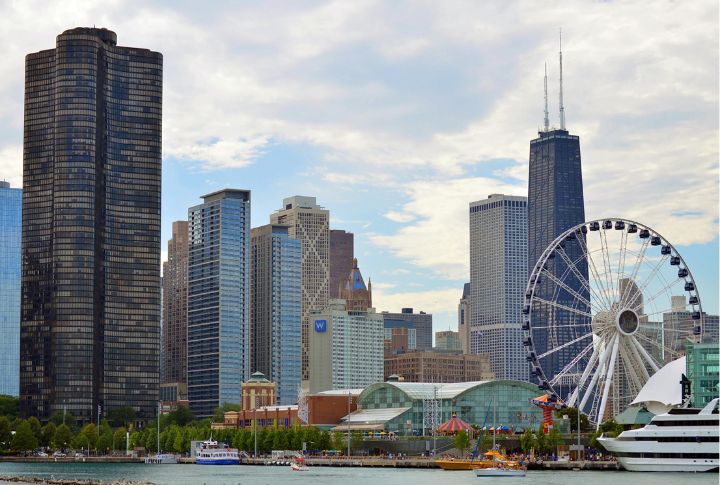
With big players like Love’s and Pilot thriving, Buc-ee’s may not see a strong reason to enter. Established travel stops already dominate Illinois highways. Competing in a crowded market where brand loyalty runs deep can limit the impact of even a beloved southern chain.
Rhode Island’s Geographic Constraints
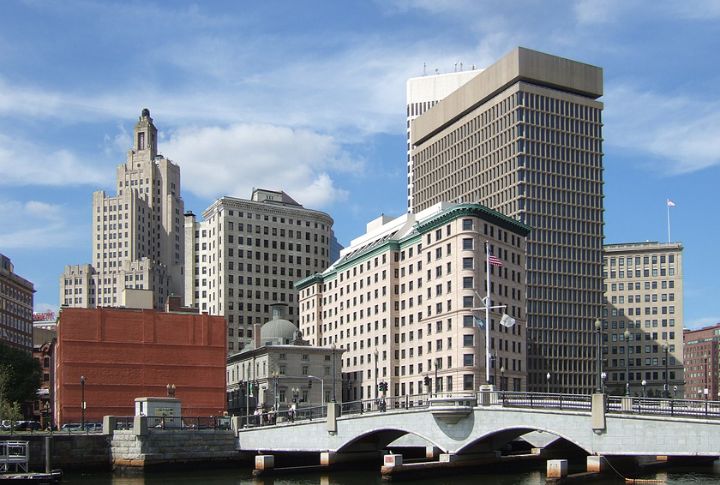
Short travel distances between cities reduce the need for mega stops. As the smallest state in the nation, Rhode Island lacks the open highway expanses Buc-ee typically favors. Compact infrastructure and community-centered development further restrict options for large-footprint businesses.
Washington’s Emphasis On Sustainability
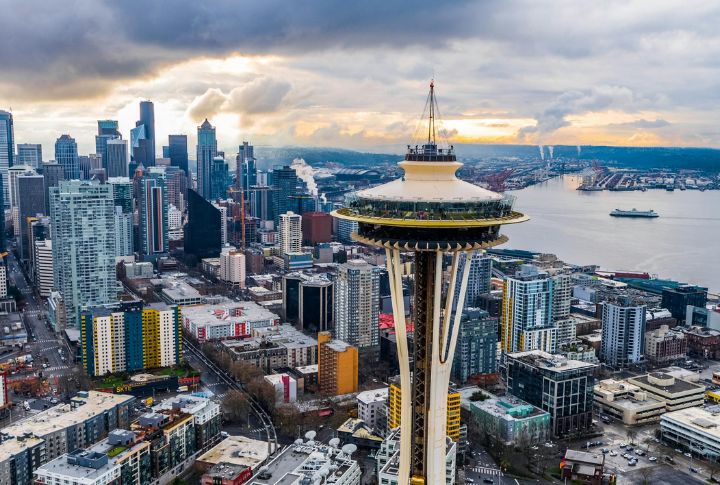
Policies in Washington strongly support green building and environmental stewardship. A Buc-ee’s location, which thrives on scale and vehicle access, might conflict with these regional priorities. The focus on reducing emissions and protecting resources may steer developers away from massive commercial spaces.
Hawaii’s Isolation And Logistics
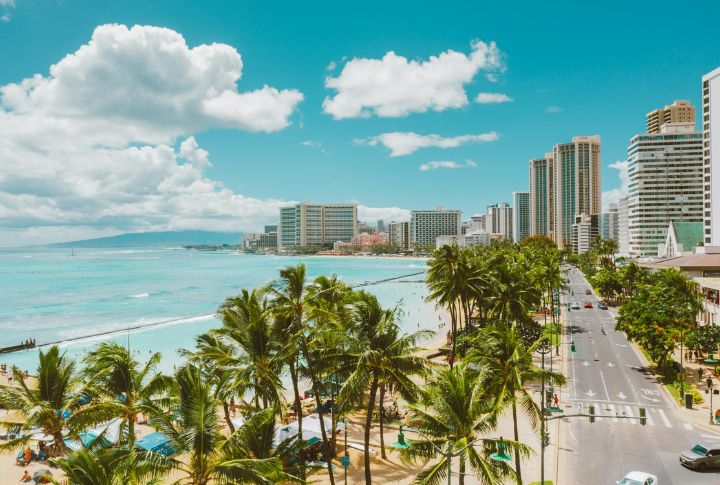
Hawaii’s remote location creates challenges for efficient distribution and supply chains. Bringing in construction materials and products requires extra time and higher costs. Buc-ee’s needs heavy traffic and large inventory, making logistics on the islands especially difficult to manage.
Connecticut’s Limited Land Availability
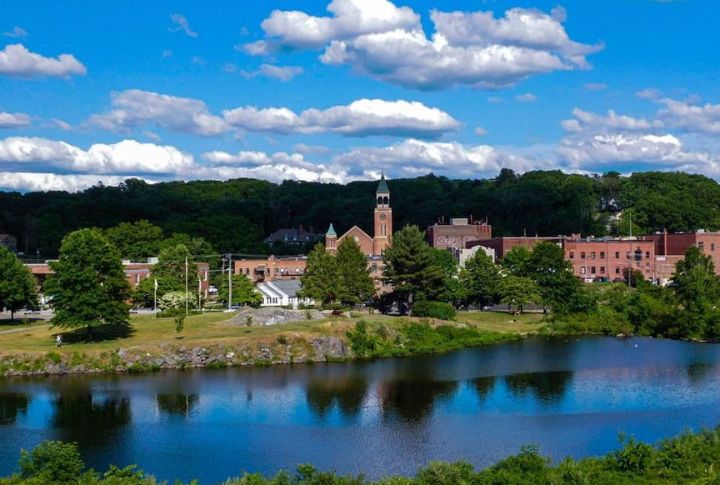
With tightly packed towns and scenic corridors, Connecticut leaves little room for sprawling convenience centers. Roads are well-developed but rarely have enough adjacent land for something as extensive as Buc-ee’s. This spatial limitation makes expansion here a complex and costly proposition.
Alaska’s Sparse Population
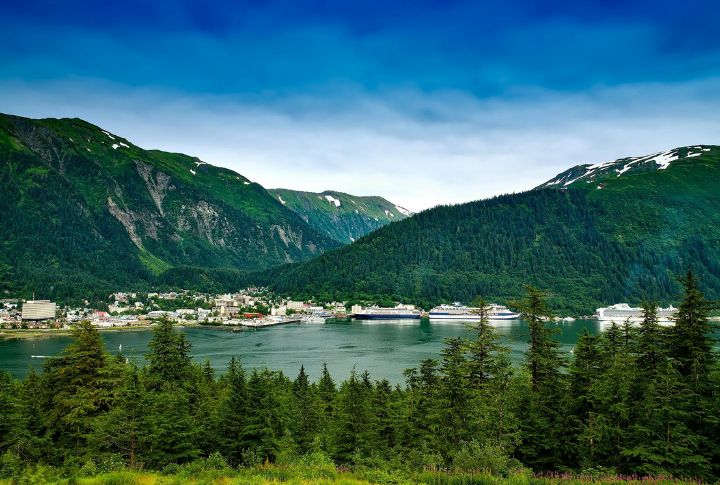
Distances stretch long here, but traffic does not. Without dense populations or high vehicle turnover, Buc-ees would likely struggle to maintain the visitor volume on which it depends. The state’s vast but lightly traveled roads do not fit the brand’s high-flow model.
Vermont’s Preservation Of Rural Character
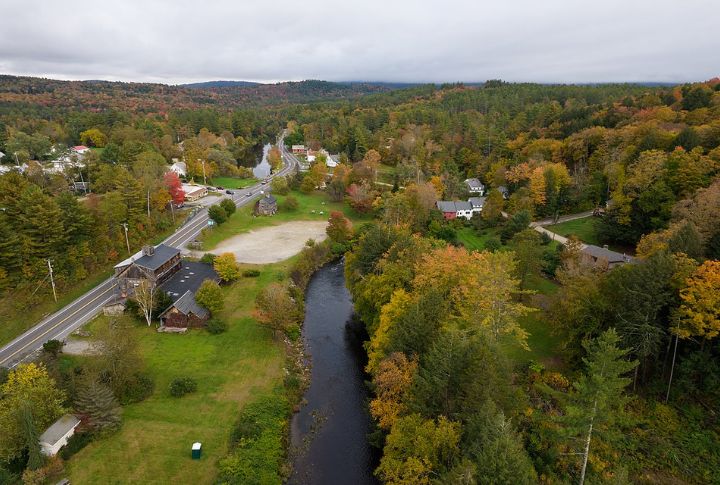
Development often meets resistance in Vermont if it disrupts natural geography. The company’s massive builds may not align with the state’s preference for quiet, locally driven economies. With a strong focus on conservation and minimal commercial sprawl, large convenience centers face steep opposition.
Massachusetts’ Stringent Zoning Laws
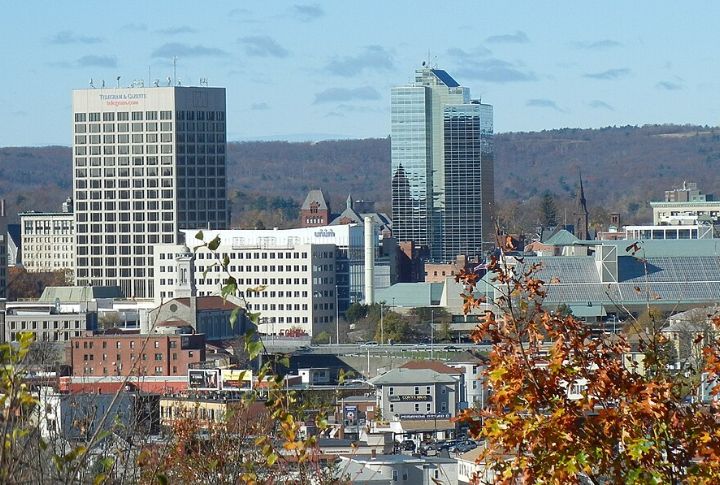
Massachusetts enforces strict zoning laws that slow down approval for big projects. Detailed land-use reviews and tough restrictions are common. Buc-ee’s demands wide access and ample space, so the complex approval process might discourage expansion in this state.
